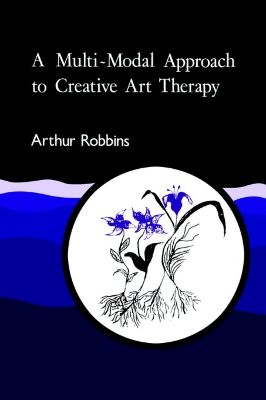| A Multi-Modal Approach to Creative Art Therapy: Performative Communication Contributor(s): Robbins, Arthur (Author), Robbins (Author) |
|
 |
ISBN: 1853022624 ISBN-13: 9781853022623 Publisher: Jessica Kingsley Publishers, Ltd OUR PRICE: $52.25 Product Type: Paperback - Other Formats Published: August 1994 |
| Additional Information |
| BISAC Categories: - Medical | Allied Health Services - Occupational Therapy - Psychology | Psychopathology - Compulsive Behavior - Psychology | Psychotherapy - General |
| Dewey: 615.851 |
| LCCN: 94236986 |
| Physical Information: 0.9" H x 6.36" W x 9.18" (1.34 lbs) 386 pages |
| Descriptions, Reviews, Etc. |
| Publisher Description: Arthur Robbins has been a practising art therapist for many years, and is founder of the Pratt Graduate Art Therapy program, one of the first of its kind to introduce art therapy training in the United States. This new text recasts his early work within the framework of modern psychodynamic theory. The underlying principle of the early works - the amalgamation of the creative and therapeutic processes in the belief that the facilitation of creativity improves psychological health - remains in this text, together with a thread of object-relations theory that intertwines with other models of treatment. There is also an emphasis on transference and countertransference, and a core belief that every art therapist must possess and develop the soul and sensitivity of an artist, thus valuing authenticity and maintaining a respect for the uniqueness of personal expression. This perception and understanding of the art form will aid the understanding of the entire personality organization of the patient. In this text, diagnosis is not used for categorization, but to offer indications for possible treatment and so to develop a treatment plan. Some patients need the reinforcement of ego skills and defences, others need mirroring, and some need to deal with object loss and attachment. A creative art therapist should not be bogged down by cumbersome role definitions and should be willing to take the same sort of risks that the creative process requires. The creative intent of this text is to offer a structure that is not limited to one therapeutic model and to open up the doors for the creative art therapist to be effective with a wide range of patient populations. |